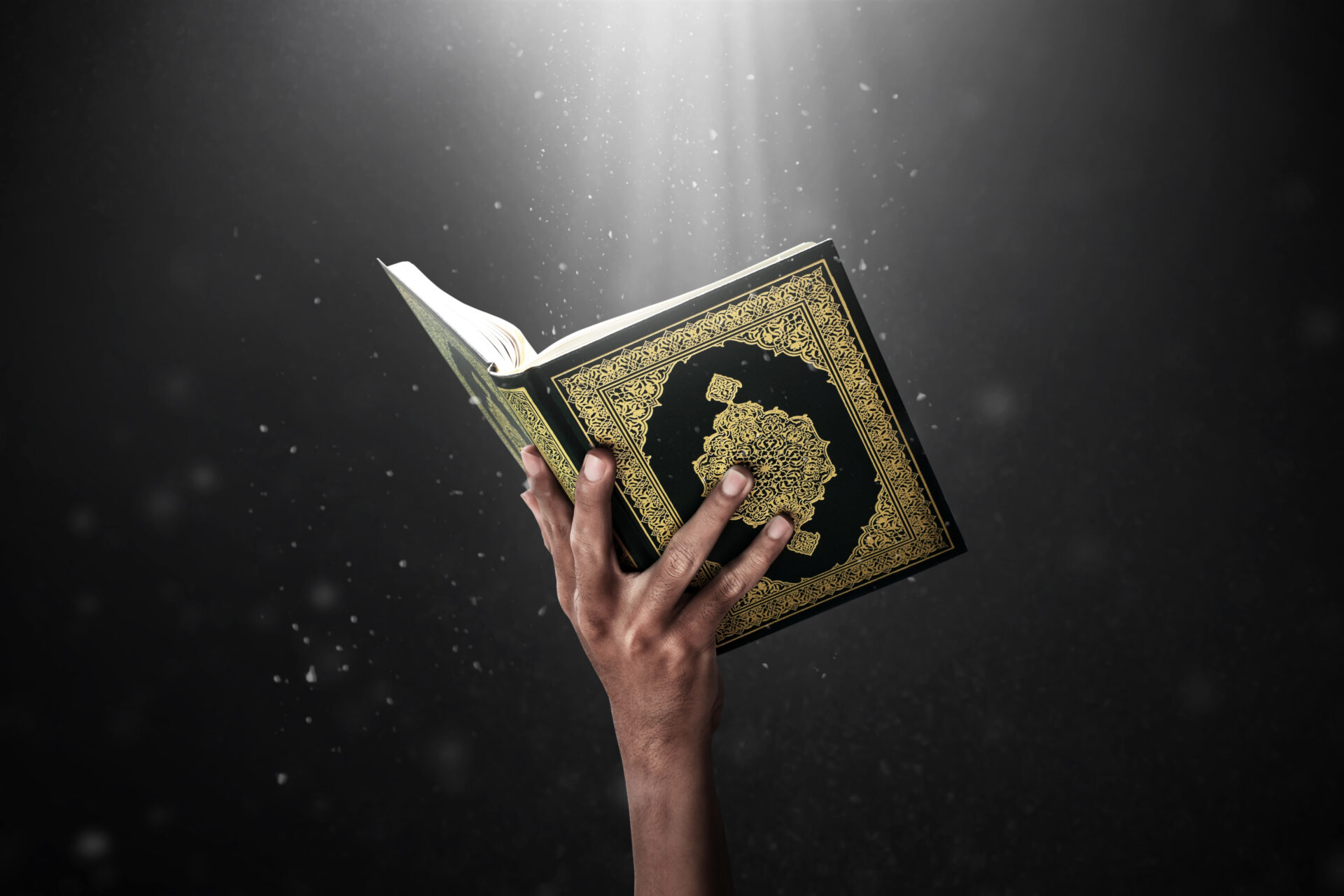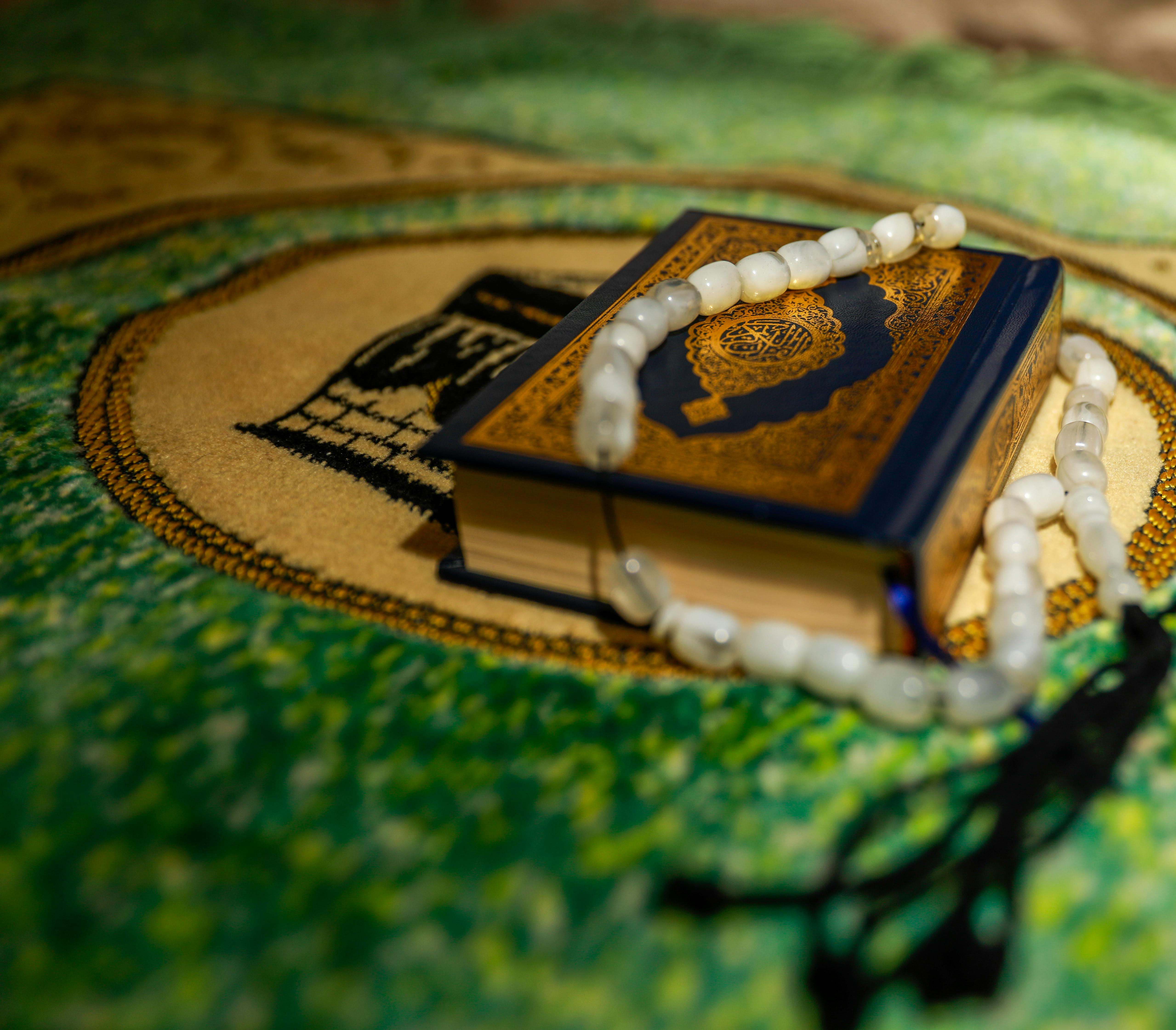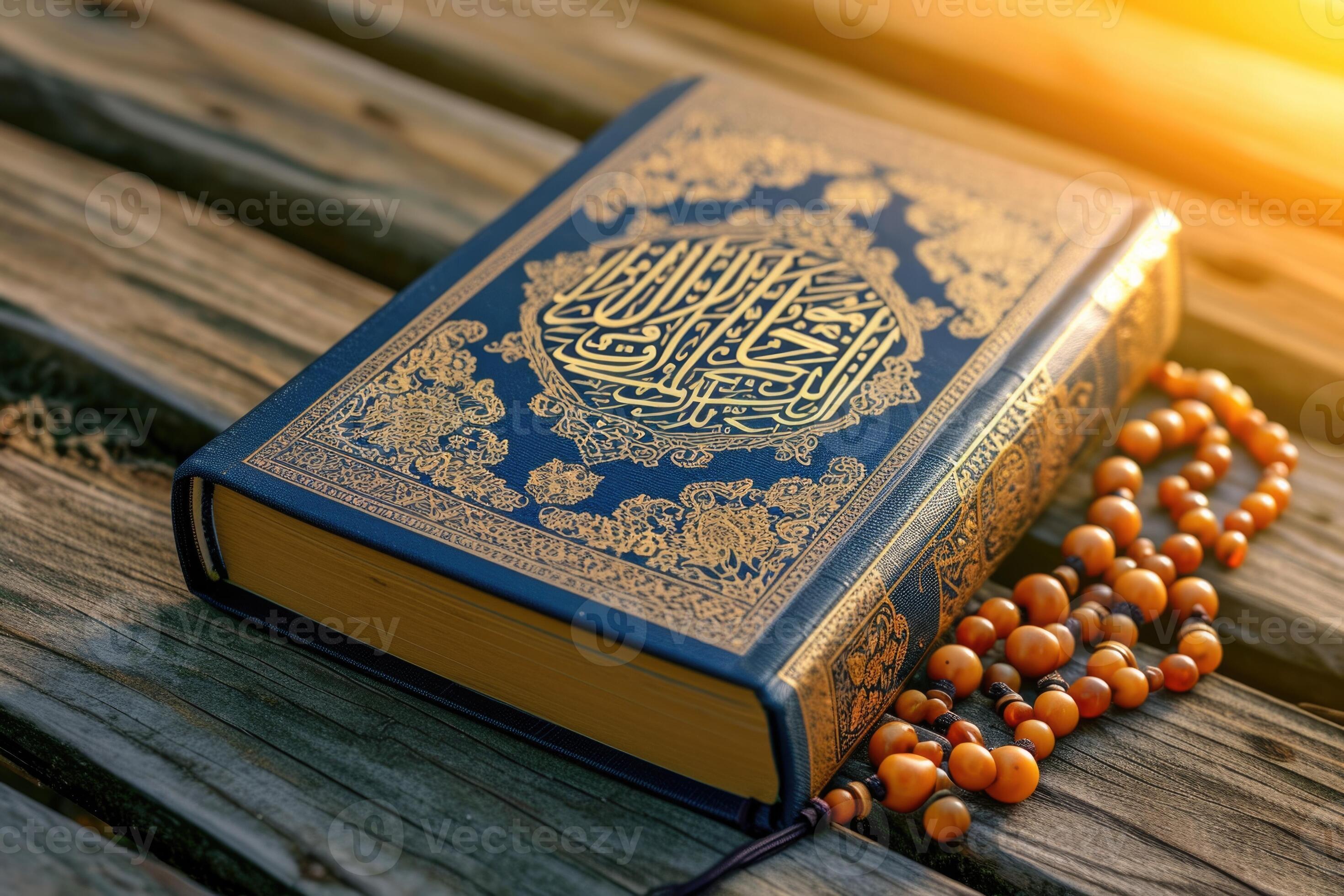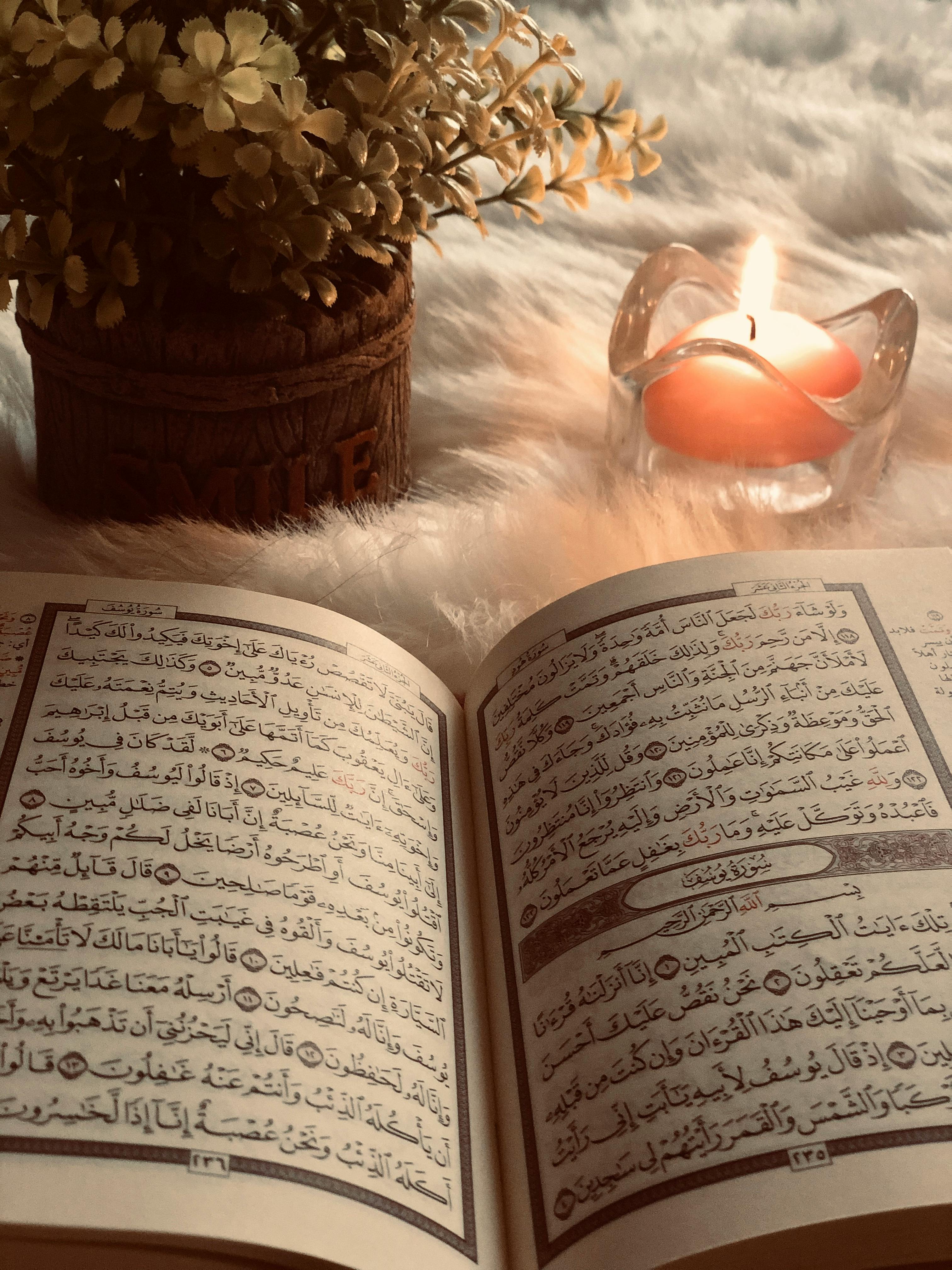The Quran, the holy book of Islam, is not only a religious text but also a profound literary work that has inspired countless authors, poets, and thinkers throughout history. Its themes, narratives, and linguistic artistry have transcended cultural and geographical boundaries, leaving an indelible mark on literature worldwide. This article explores the influences of the Quran on literature and its various adaptations over the centuries, highlighting key examples and case studies.
The Quran: A Literary Masterpiece

The Quran, believed to be the word of God as revealed to the Prophet Muhammad, is composed of 114 chapters (suras) that address various aspects of faith, morality, and human experience. The linguistic beauty of the Quran, characterized by its rhythm, metaphor, and eloquence, sets it apart as a literary masterpiece. Scholars often emphasize its unique style, which blends prose and poetry, making it a significant source of inspiration for literary creations.
Key Literary Features of the Quran
- Rhythmic Structure: The Quran employs a unique rhythmic pattern known as “saj’,” which enhances its auditory appeal.
- Metaphorical Language: The use of metaphors and similes creates vivid imagery, allowing readers to engage deeply with its messages.
- Universal Themes: Themes such as justice, compassion, and the human condition resonate universally, transcending cultural boundaries.
Influence on Early Islamic Literature
In the early centuries of Islam, the Quran’s influence on literature was profound, shaping the literary landscape of the Arab world. Early poets and writers drew inspiration from its themes and linguistic style, leading to the emergence of a rich tradition of Islamic literature.
Arabic Poetry and Prose
Arabic poets, such as Al-Mutanabbi and Al-Busiri, incorporated Quranic themes into their works, reflecting the text’s influence on their understanding of morality and ethics. Additionally, prose writers like Al-Jahiz and Ibn Khaldun used Quranic references to enhance their narratives and arguments.
Case Study: The Mu’allaqat

The Mu’allaqat, a collection of pre-Islamic Arabic poems, showcases the transition of poetic expression influenced by the Quran. As poets began to incorporate Islamic themes, the Mu’allaqat evolved to reflect the moral and spiritual dimensions emphasized in Quranic verses.
The Quran’s Impact on World Literature
As Islam spread beyond the Arabian Peninsula, the Quran continued to influence literature across diverse cultures and languages. Its teachings and stories found their way into the literary traditions of various regions, from Persia to Spain.
Persian Literature
In Persia, the Quran’s influence can be seen in the works of renowned poets like Rumi and Hafez. Both poets frequently referenced Quranic themes, using them as metaphors for love, spirituality, and the quest for knowledge.
Case Study: Rumi’s Masnavi
Rumi’s “Masnavi,” often regarded as one of the greatest works of mystical poetry, is deeply infused with Quranic wisdom. The text employs Quranic narratives to explore complex spiritual concepts, illustrating the Quran’s enduring impact on Persian literature.
Spanish Literature: The Golden Age

During the Spanish Golden Age, writers such as Miguel de Cervantes and Luis de Góngora were influenced by the Quran and Islamic culture. The coexistence of Christian and Muslim traditions in Spain led to a unique fusion of literary styles.
Case Study: Cervantes’ Don Quixote

In “Don Quixote,” Cervantes incorporates elements of Islamic culture and thought, demonstrating how the Quran’s themes of morality and human experience permeated Spanish literature. The character of the rogue knight reflects the complexity of human nature, a theme deeply rooted in Quranic teachings.
Modern Adaptations and Interpretations
In contemporary literature, the Quran continues to inspire authors and playwrights, leading to adaptations that reinterpret its teachings for modern audiences. The themes of justice, identity, and spirituality resonate strongly in today’s literary landscape.
Case Study: Khaled Hosseini’s The Kite Runner
Khaled Hosseini’s “The Kite Runner” explores themes of redemption and forgiveness, echoing Quranic principles. The novel’s protagonist, Amir, embarks on a journey of self-discovery that mirrors the moral dilemmas presented in the Quran.
Graphic Novels and Visual Adaptations
In recent years, graphic novels and visual storytelling have emerged as popular mediums for adapting Quranic stories. Works like “The 99” by Naif Al-Mutawa combine traditional Quranic narratives with contemporary themes, making them accessible to younger audiences.
The Quran in Poetry and Music

The Quran’s lyrical qualities have inspired poets and musicians, leading to the creation of works that celebrate its themes and messages. From traditional qasidas to contemporary hip-hop, the Quran’s influence is evident across various musical genres.
Case Study: The Influence of the Quran on Hip-Hop
Artists like Mos Def and DJ Khaled have incorporated Quranic references into their lyrics, using the text’s teachings to address social issues and personal struggles. This adaptation demonstrates the Quran’s relevance in contemporary society and its ability to inspire diverse forms of artistic expression.
Conclusion: The Enduring Legacy of the Quran in Literature
The Quran’s influence on literature is vast and multifaceted, spanning centuries and cultures. Its profound themes, linguistic beauty, and moral teachings have inspired countless authors and artists, leading to a rich tapestry of literary works. From the early Arabic poets to modern adaptations in graphic novels and hip-hop, the Quran continues to resonate with audiences worldwide.
As we explore the Quran’s impact on literature, it becomes clear that its messages of justice, compassion, and the human experience are timeless, transcending boundaries and inspiring creativity. The Quran is not merely a religious text; it is a literary masterpiece that has shaped the course of literature throughout history and will continue to do so in the future.


